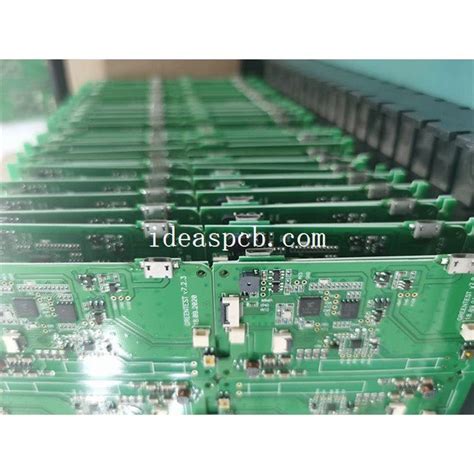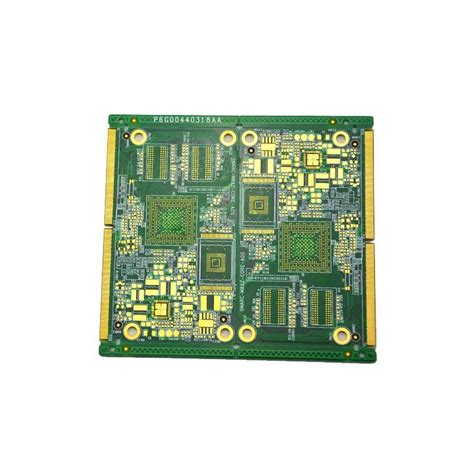High speed serial and parallel buses on pcb layout cadence
Optimizing Signal Integrity in High-Speed Serial Buses on PCB Layouts
In the realm of modern electronics, the demand for faster data transmission has led to the widespread adoption of high-speed serial buses on printed circuit board (PCB) layouts.
These buses, which include standards such as PCIe, USB, and SATA, are integral to the performance of contemporary electronic devices.
However, as data rates increase, so do the challenges associated with maintaining signal integrity.
Ensuring optimal signal integrity in high-speed serial buses is crucial for the reliable operation of electronic systems, and this requires careful consideration during the PCB design process.
One of the primary concerns in high-speed serial bus design is minimizing signal degradation, which can occur due to various factors such as impedance mismatches, crosstalk, and electromagnetic interference (EMI).
To address these issues, designers must pay meticulous attention to the layout of traces on the PCB.
For instance, maintaining consistent trace impedance is essential to prevent reflections that can distort signals. This can be achieved by controlling the trace width, spacing, and the dielectric properties of the PCB material. Additionally, using differential signaling, where two complementary signals are transmitted, can help mitigate the effects of noise and crosstalk, thereby enhancing signal integrity.
Moreover, the placement of components and routing of traces play a significant role in optimizing signal integrity.
Placing components in close proximity to each other can reduce the length of traces, thereby minimizing the potential for signal degradation. Furthermore, careful routing of traces, such as avoiding sharp bends and ensuring adequate separation between parallel traces, can help reduce crosstalk and EMI. Utilizing ground planes and power planes effectively can also provide a return path for signals, further enhancing signal integrity.
Transitioning from serial to parallel buses, it is important to note that while parallel buses can offer higher data throughput, they also present unique challenges in terms of signal integrity.
In parallel bus systems, maintaining signal timing and synchronization across multiple lines is critical. Skew, which refers to the difference in arrival times of signals on different lines, can lead to data errors. To mitigate skew, designers can employ techniques such as matched trace lengths and controlled impedance routing. Additionally, using advanced simulation tools can aid in predicting and addressing potential signal integrity issues before the physical PCB is fabricated.
The use of simulation and analysis tools, such as those provided by Cadence, is invaluable in the design of high-speed serial and parallel buses.
These tools allow designers to model and analyze the electrical behavior of their PCB layouts, enabling them to identify and rectify potential signal integrity issues early in the design process. By simulating various scenarios and configurations, designers can optimize their layouts for performance and reliability.
In conclusion, optimizing signal integrity in high-speed serial buses on PCB layouts is a complex but essential task in modern electronics design.
By carefully considering factors such as trace impedance, component placement, and routing strategies, designers can mitigate the challenges associated with high-speed data transmission.
Furthermore, leveraging advanced simulation tools can provide valuable insights into potential issues, allowing for proactive design adjustments. As data rates continue to increase, the importance of maintaining signal integrity will only grow, underscoring the need for meticulous design practices and innovative solutions in PCB layout design.

Best Practices for Designing Parallel Buses in Cadence PCB Layout
In the realm of printed circuit board (PCB) design, the implementation of high-speed serial and parallel buses is a critical aspect that demands meticulous attention.
When utilizing Cadence PCB layout tools, designers must adhere to best practices to ensure optimal performance and reliability of parallel buses. The complexity of parallel bus design arises from the need to manage multiple signals that must operate in unison, which can be challenging given the high-speed nature of modern electronic systems.
To begin with, one of the fundamental considerations in designing parallel buses is the management of signal integrity.
Signal integrity issues, such as crosstalk and electromagnetic interference, can significantly degrade the performance of a parallel bus. Therefore, it is essential to maintain adequate spacing between traces to minimize these effects.
Cadence PCB layout tools offer features that allow designers to define and enforce spacing rules, which can be instrumental in mitigating crosstalk. Additionally, employing differential signaling where possible can further enhance signal integrity by reducing susceptibility to external noise.
Another critical aspect is the impedance matching of traces. Impedance mismatches can lead to signal reflections, which can distort the signals being transmitted across the bus.
To address this, designers should ensure that the trace widths and the dielectric properties of the PCB substrate are carefully selected to match the characteristic impedance of the bus. Cadence provides simulation tools that can be used to model and verify impedance characteristics, allowing for adjustments to be made early in the design process.
Moreover, the length matching of traces is paramount in parallel bus design.
Variations in trace lengths can result in skew, where signals arrive at different times, potentially leading to data corruption. Cadence PCB layout tools facilitate the process of length matching by offering automated features that help align trace lengths within specified tolerances. This ensures that all signals in the bus arrive simultaneously at their destination, maintaining data integrity.
Power distribution is another area that requires careful consideration.
High-speed parallel buses can draw significant amounts of current, necessitating a robust power distribution network. Designers should ensure that power and ground planes are adequately sized and strategically placed to provide stable power delivery. Utilizing decoupling capacitors near the power pins of integrated circuits can further stabilize the power supply, reducing voltage fluctuations that could affect bus performance.
Thermal management is also a crucial factor in the design of parallel buses.
High-speed operation can generate substantial heat, which, if not properly managed, can lead to component failure. Cadence tools offer thermal analysis capabilities that allow designers to simulate and evaluate the thermal performance of their designs. By identifying potential hotspots and optimizing the placement of heat-dissipating components, designers can enhance the reliability and longevity of the PCB.
In conclusion, designing high-speed parallel buses in Cadence PCB layout requires a comprehensive approach that addresses signal integrity, impedance matching, trace length matching, power distribution, and thermal management. By leveraging the advanced features and simulation capabilities of Cadence tools, designers can effectively navigate the complexities of parallel bus design, ensuring that their PCBs meet the demanding requirements of modern electronic systems. Through careful planning and adherence to best practices, the challenges associated with high-speed parallel bus design can be successfully overcome, resulting in robust and reliable PCB layouts.
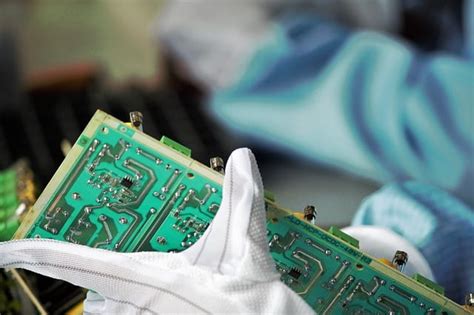
Comparing Serial and Parallel Bus Architectures for High-Speed PCB Design
In the realm of high-speed printed circuit board (PCB) design, the choice between serial and parallel bus architectures is a critical decision that can significantly impact the performance and reliability of electronic systems.
As technology advances, the demand for faster data transmission rates continues to grow, necessitating a deeper understanding of these two architectures and their implications on PCB layout, particularly when using sophisticated design tools like Cadence.
Serial bus architecture, characterized by the transmission of data bits sequentially over a single channel, has gained prominence in high-speed applications due to its simplicity and efficiency.
One of the primary advantages of serial buses is their reduced pin count, which simplifies the PCB layout and minimizes the risk of signal integrity issues such as crosstalk and electromagnetic interference (EMI).
This is particularly beneficial in high-density designs where space is at a premium. Moreover, serial buses often employ differential signaling, which enhances noise immunity and allows for longer transmission distances without significant signal degradation.
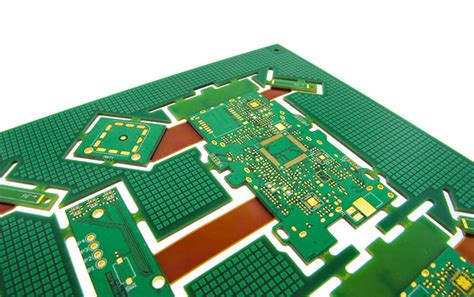
On the other hand, parallel bus architecture involves the simultaneous transmission of multiple data bits across multiple channels.
While this approach can offer higher data throughput, it presents several challenges in high-speed PCB design. The primary concern with parallel buses is the need for precise timing synchronization across all channels, known as skew management.
Any discrepancies in signal arrival times can lead to data corruption, necessitating meticulous attention to trace length matching and impedance control during the PCB layout process.
Additionally, the increased number of traces in parallel buses can exacerbate issues related to crosstalk and EMI, requiring careful consideration of trace spacing and routing strategies.
When utilizing PCB design tools like Cadence, engineers must leverage advanced features to address the unique challenges posed by both serial and parallel bus architectures.
For serial buses, Cadence offers capabilities such as automated differential pair routing and signal integrity analysis, which streamline the design process and ensure optimal performance. These tools allow designers to quickly identify and mitigate potential issues, such as impedance mismatches and reflection, that could compromise signal quality.
In contrast, designing with parallel buses in Cadence necessitates a focus on precise timing analysis and trace length matching.
The software provides powerful timing analysis tools that enable engineers to simulate and verify the timing performance of their designs, ensuring that all signals arrive at their destination within the required time window.
Additionally, Cadence’s constraint-driven design environment allows for the implementation of complex design rules that govern trace length matching and impedance control, facilitating the creation of robust parallel bus architectures.
Ultimately, the choice between serial and parallel bus architectures in high-speed PCB design depends on a variety of factors, including the specific application requirements, available board space, and desired data throughput.
While serial buses offer simplicity and noise immunity, parallel buses can provide higher data rates at the cost of increased design complexity. By leveraging the advanced capabilities of PCB design tools like Cadence, engineers can effectively navigate these trade-offs and develop high-performance electronic systems that meet the demands of modern technology.
As the industry continues to evolve, the ability to adeptly compare and implement these architectures will remain a crucial skill for PCB designers striving to push the boundaries of speed and efficiency.
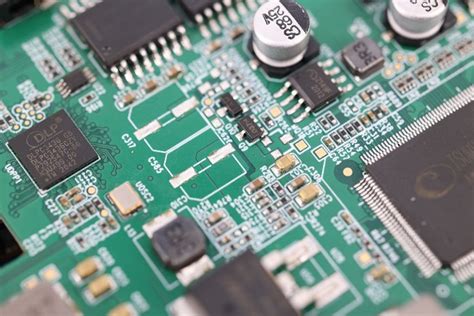
Techniques for Minimizing Crosstalk in High-Speed Bus Layouts Using Cadence
In the realm of printed circuit board (PCB) design, the challenge of minimizing crosstalk in high-speed serial and parallel bus layouts is a critical concern. As data rates continue to escalate, the potential for signal integrity issues, such as crosstalk, becomes increasingly significant.
Crosstalk, the unwanted coupling of signals between adjacent traces, can lead to data corruption and system malfunctions.
Therefore, employing effective techniques to mitigate these effects is essential. Cadence, a leading provider of electronic design automation software, offers a suite of tools that can be leveraged to address these challenges.
To begin with, understanding the root causes of crosstalk is crucial.
Crosstalk primarily arises from capacitive and inductive coupling between traces. As signal frequencies increase, the electromagnetic fields surrounding the traces become more pronounced, exacerbating the potential for interference.
In high-speed bus layouts, where traces are often routed in close proximity,
the risk of crosstalk is particularly high. Consequently, designers must adopt strategies that minimize these interactions.
One effective technique is to optimize trace spacing.
By increasing the distance between adjacent traces, the electromagnetic coupling is reduced, thereby diminishing the likelihood of crosstalk.
Cadence’s PCB layout tools allow designers to set precise trace spacing rules, ensuring that traces are adequately separated.
Additionally, employing differential signaling can be beneficial. Differential pairs, which consist of two complementary signals, are less susceptible to crosstalk due to their inherent noise-canceling properties. Cadence provides features that facilitate the routing of differential pairs, ensuring that they are tightly coupled and matched in length.
Moreover, the use of ground planes is another critical strategy.
Ground planes act as a shield, absorbing and redirecting electromagnetic interference away from signal traces. In Cadence, designers can easily incorporate ground planes into their layouts, strategically placing them to maximize their effectiveness. Furthermore, stitching vias can be used to connect ground planes across different layers, enhancing their shielding capabilities.
In addition to these physical layout techniques, signal integrity analysis is an indispensable tool in the designer’s arsenal.
Cadence offers advanced simulation tools that allow designers to model and analyze the effects of crosstalk on their designs. By simulating different scenarios, designers can identify potential problem areas and make informed decisions to mitigate crosstalk. This proactive approach enables the identification and resolution of issues before they manifest in the physical prototype.
Transitioning from design to implementation, it is essential to consider the impact of manufacturing tolerances.
Variations in trace width, spacing, and dielectric properties can affect crosstalk levels. Cadence’s design rule checking (DRC) capabilities help ensure that the layout adheres to specified tolerances, reducing the risk of crosstalk due to manufacturing discrepancies.
In conclusion, minimizing crosstalk in high-speed serial and parallel bus layouts is a multifaceted challenge that requires a combination of strategic design practices and advanced simulation tools. By leveraging Cadence’s comprehensive suite of PCB design tools, designers can effectively address these challenges, ensuring robust and reliable high-speed bus performance. Through careful consideration of trace spacing, differential signaling, ground plane implementation, and rigorous signal integrity analysis, the detrimental effects of crosstalk can be significantly mitigated, paving the way for successful high-speed PCB designs.






